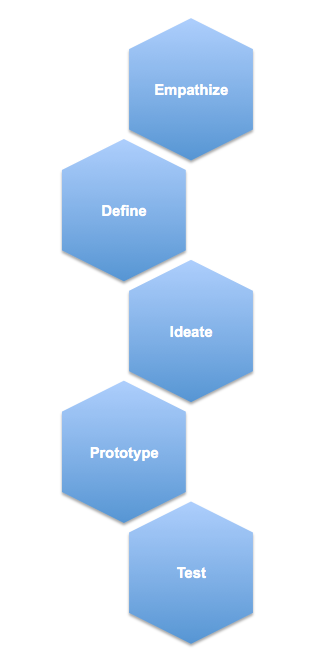On my way home this week, the flashing blue lights in my rear-view mirror demanded attention, followed by the shrill sound of sirens. Ahead, I saw a fire truck screaming and carefully traversing rush hour traffic. After the feeling came back into my legs as I realized I wasn’t being pulled over, I wondered what happened and where they were headed. Hours later, my news app flashed a notification saying a 15-month-old child was left in the car. My heart sank. This has happened before, and as the parent of a 3-year-old, I always feared that it would happen to me.
For anyone who ever thought, “how could anyone leave their baby in the car and forget about him/her,” I will share my experience. For the first eighteen months of my daughter’s life, she didn’t sleep as she struggled with chronic ear infections. We followed all recommendations of our pediatrician and ultimately ended up having tubes put in her ears, but until then, we struggled. When you can’t get uninterrupted sleep, your body doesn’t experience the full sleep cycle, and you wake up feeling exhausted before starting your day. “Slow wave” sleep allows us to feel rested and restored and there’s a difference between someone who sleeps 5 hours a night and a person that sleeps seven hours but is frequently awakened, sleeping a “net” of 5 hours. In the US, the work is fast and furious, and there’s no time to be sleepy. The work doesn’t take a break while you recuperate. The empathy of having a new baby disappears after you enter back into your work routine. So, I understand how this happened.
When you are exhausted, it takes your full mental capacity to perform in your job. Your memory doesn’t work properly, as I can attest. Shortly after I went back to work, someone new had joined our organization, and for the life of me, I couldn’t remember her name. It was embarrassing because I didn’t just forget it, I addressed her as another name on multiple occasions. My brain felt like scrambled eggs. I worked so hard to cover up that I was struggling and felt exhausted as I never caught up on much-nee. Imagine day after day without sleep; it’s terrible. It puts an unimaginable strain on your body and brain.
My heart hurt for the family as I guiltily felt thankful that it hadn’t happened to me. Why did I share this story? Because what happened was tragic and I believe this can be a call to action. Let’s build innovations to prevent tragedies such as this. That, to me, seems like the best thing we can do.
What if?
 What if students figured out how to use a small Bluetooth weight sensor connected to android or iPhones that immediately sensed the difference between an occupied car seat and an unoccupied car seat alerting the driver as location services recognized that the driver was leaving the car. What if this was developed and was built into every iPhone and Android phone as part of the operating system and was a required component of every car seat manufacturer? Use the advances in technology that exist to innovate and solve this problem. Start a kick-starter campaign. I found a company, sensealife, that has pursued this but it seems as if they are struggling to gain traction. Why? Another great challenge for students. What about that product isn’t working? What is working?
What if students figured out how to use a small Bluetooth weight sensor connected to android or iPhones that immediately sensed the difference between an occupied car seat and an unoccupied car seat alerting the driver as location services recognized that the driver was leaving the car. What if this was developed and was built into every iPhone and Android phone as part of the operating system and was a required component of every car seat manufacturer? Use the advances in technology that exist to innovate and solve this problem. Start a kick-starter campaign. I found a company, sensealife, that has pursued this but it seems as if they are struggling to gain traction. Why? Another great challenge for students. What about that product isn’t working? What is working?
What if students worked to start a movement? What if around the world, a movement started where we all looked at our neighbors’ cars as we headed into work instead of looking down at our phones thinking about our day? This solution doesn’t cost a penny but could save lives. What if we all worked for the common good?
What other ideas can students generate to save children left in hot cars? How can students ensure that all car seats are equipped with this technology?
Students have the power, and as educators, we can provide the supports to solve these problems. Let’s turn tragedy into solution-building. It is hard to get started but challenge students to think deeply, be purposeful with their learning, and collaborate on work that matters and makes a difference. Every day, news stories reflect opportunities for problem-solving.
Activity:
Try this: One day, take 15 minutes and let students look at the local news and brainstorm solutions for any news-story for which they have an innovative solution. Have them come up with as many solutions as possible in that time period; all ideas have merit during this activity. Next, refine the solutions and let students find natural intersections for your content area. Hopefully, you will find that students are enjoying the activity and you will consider launching a design thinking activity with your students around the problem.
Design Thinking for Educators – IDEO
Tools for Taking Action – Stanford d.School

